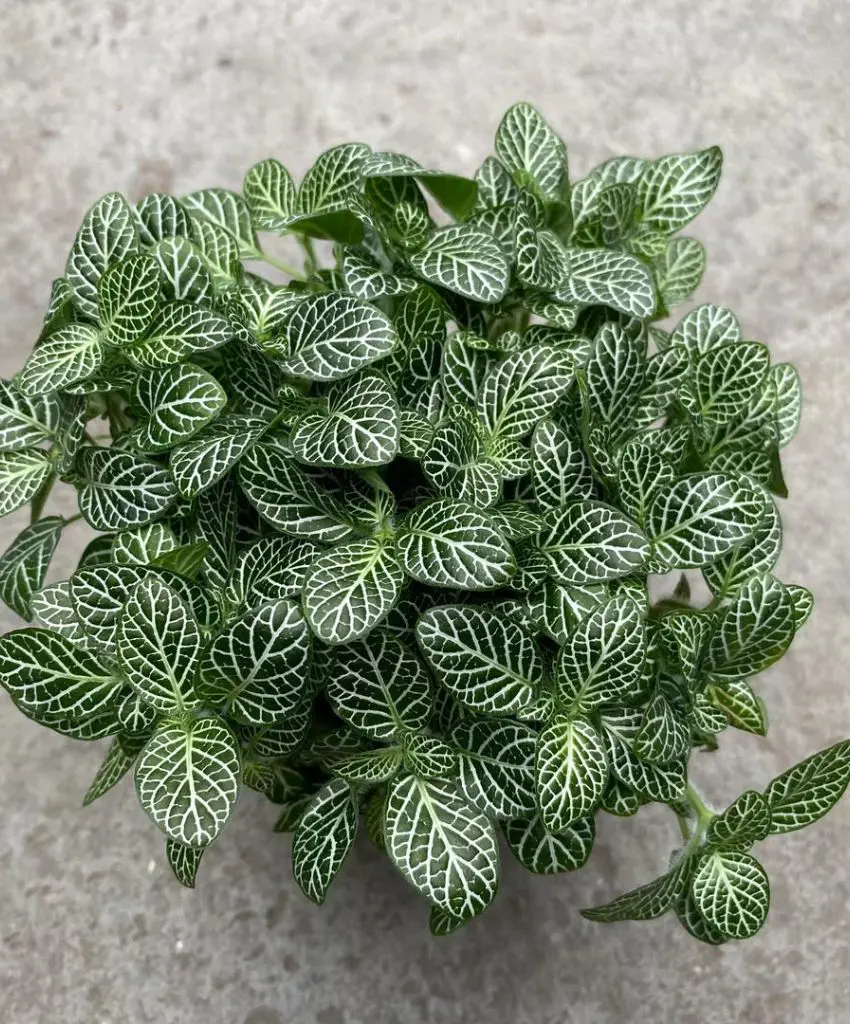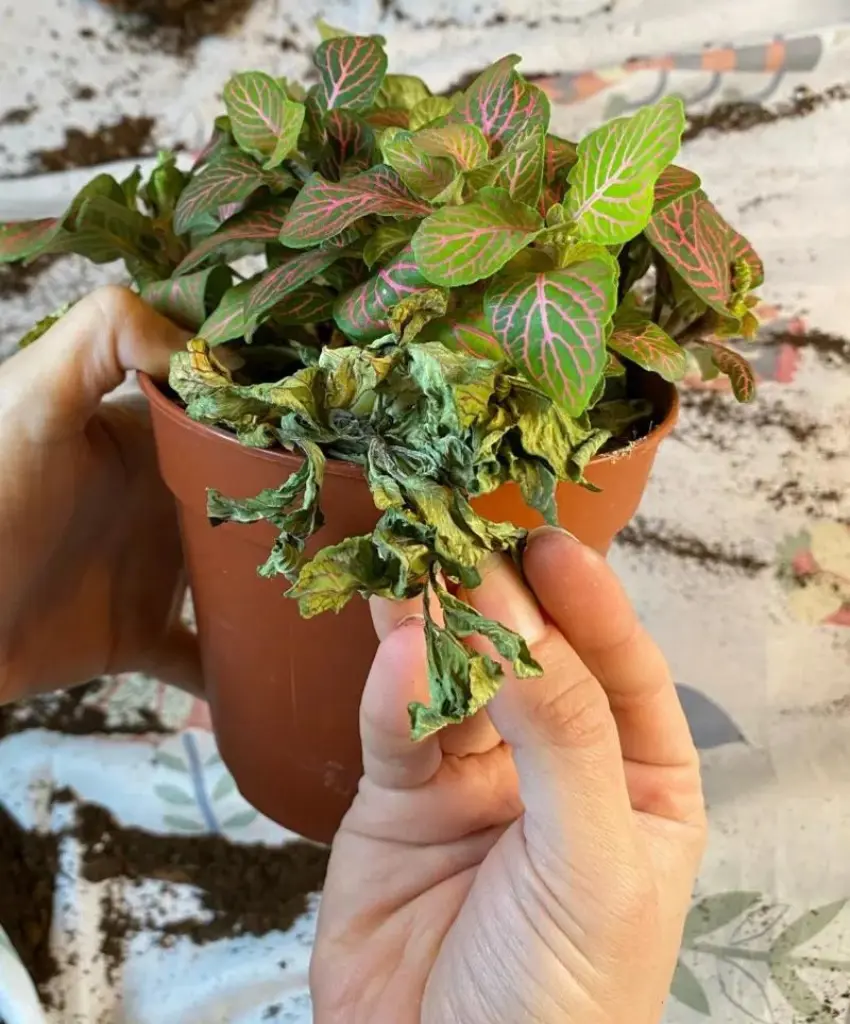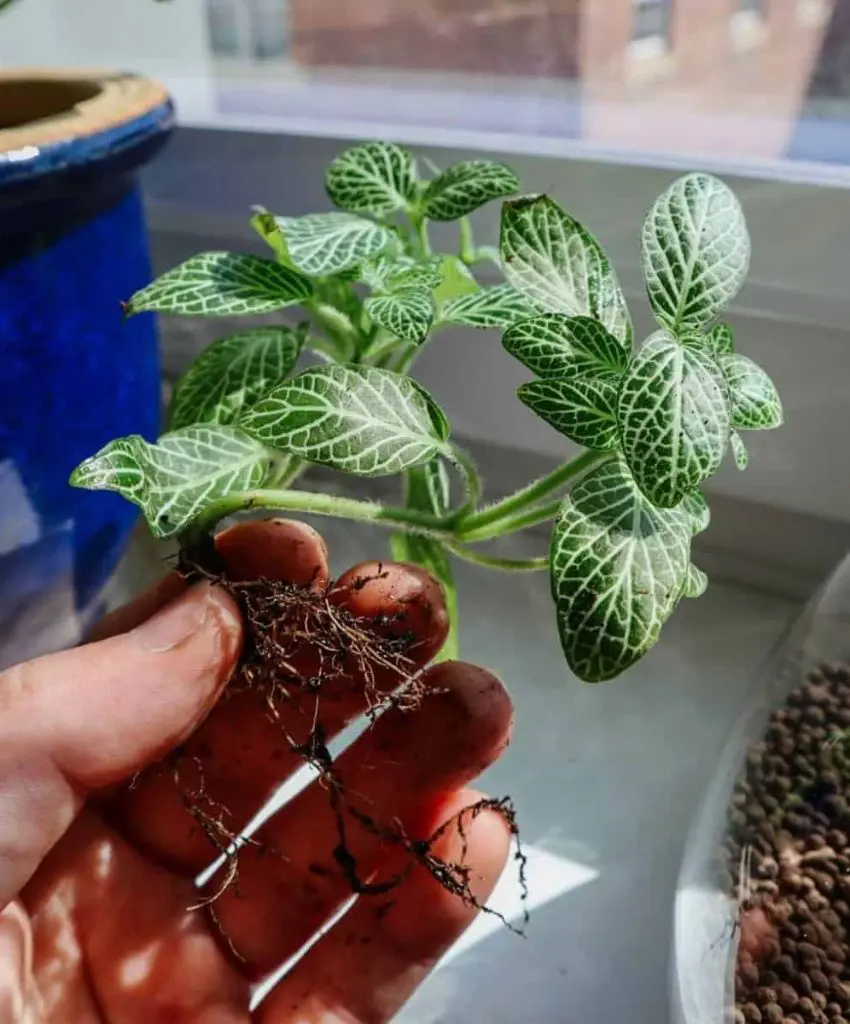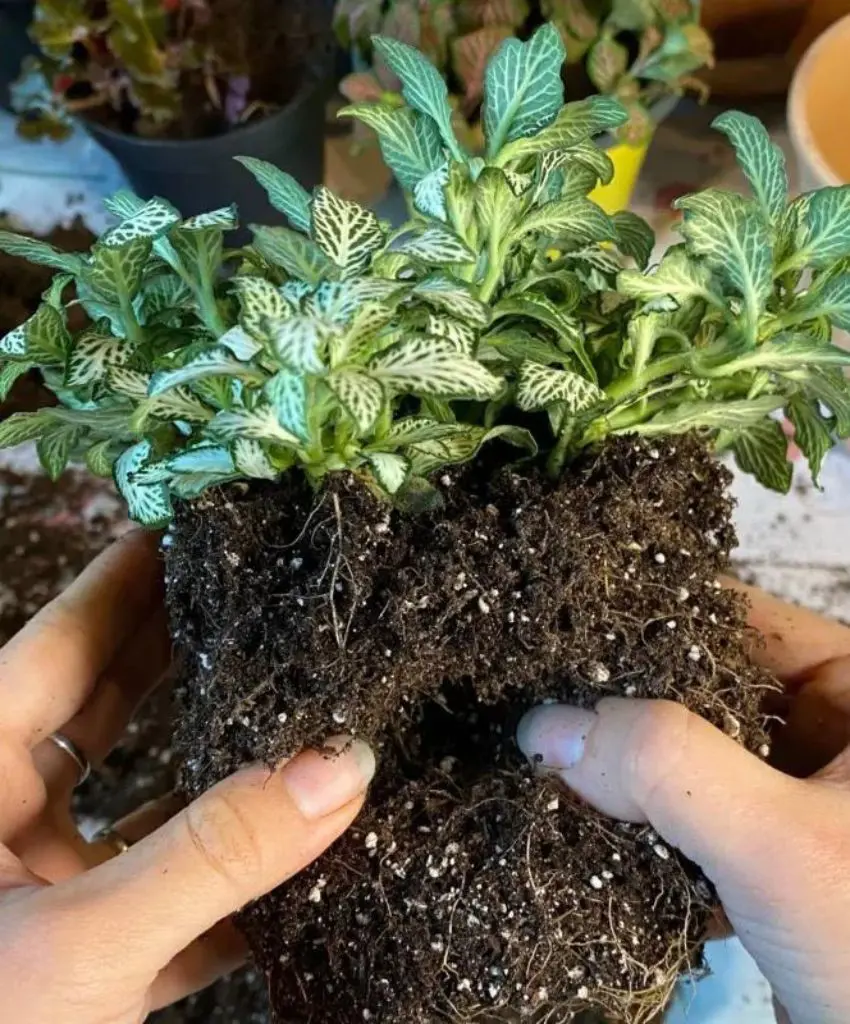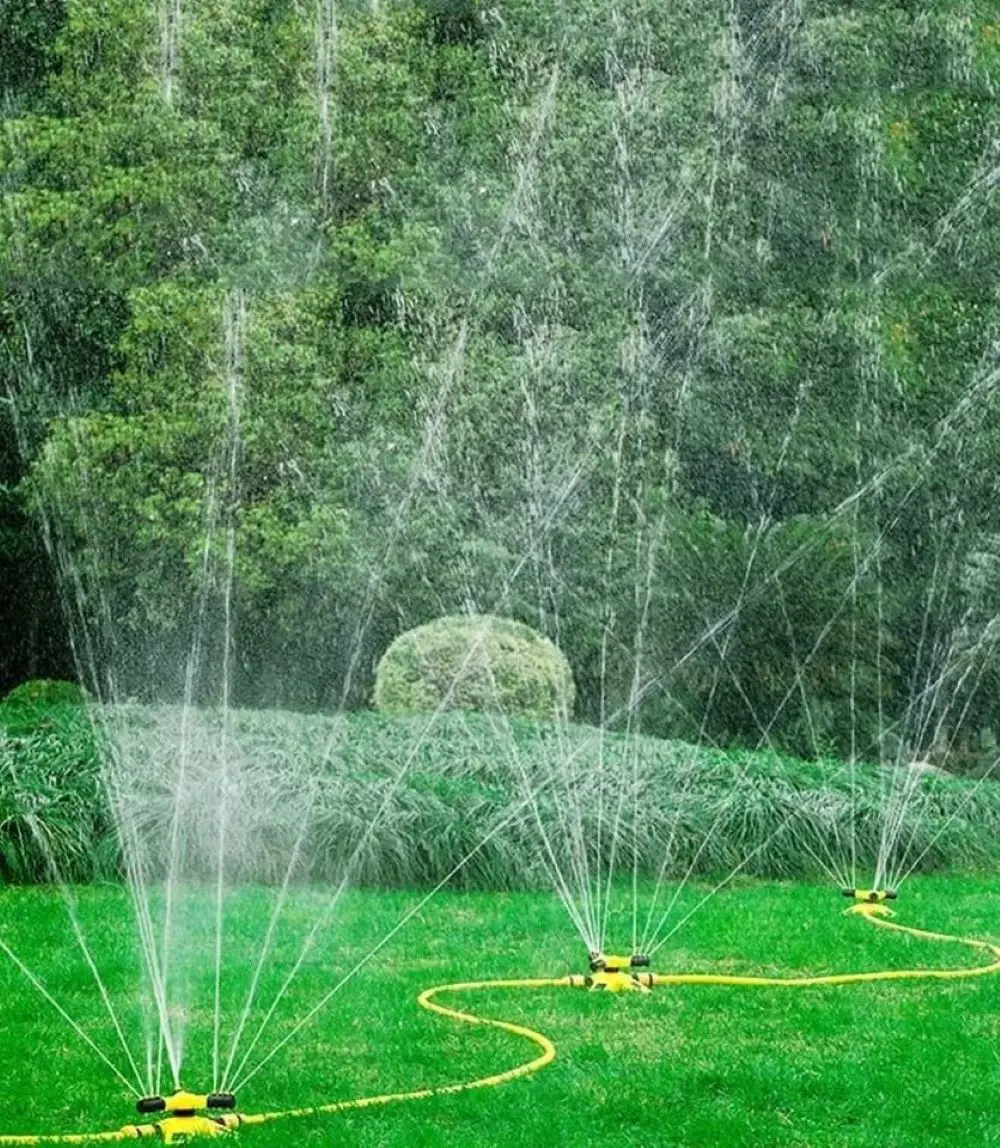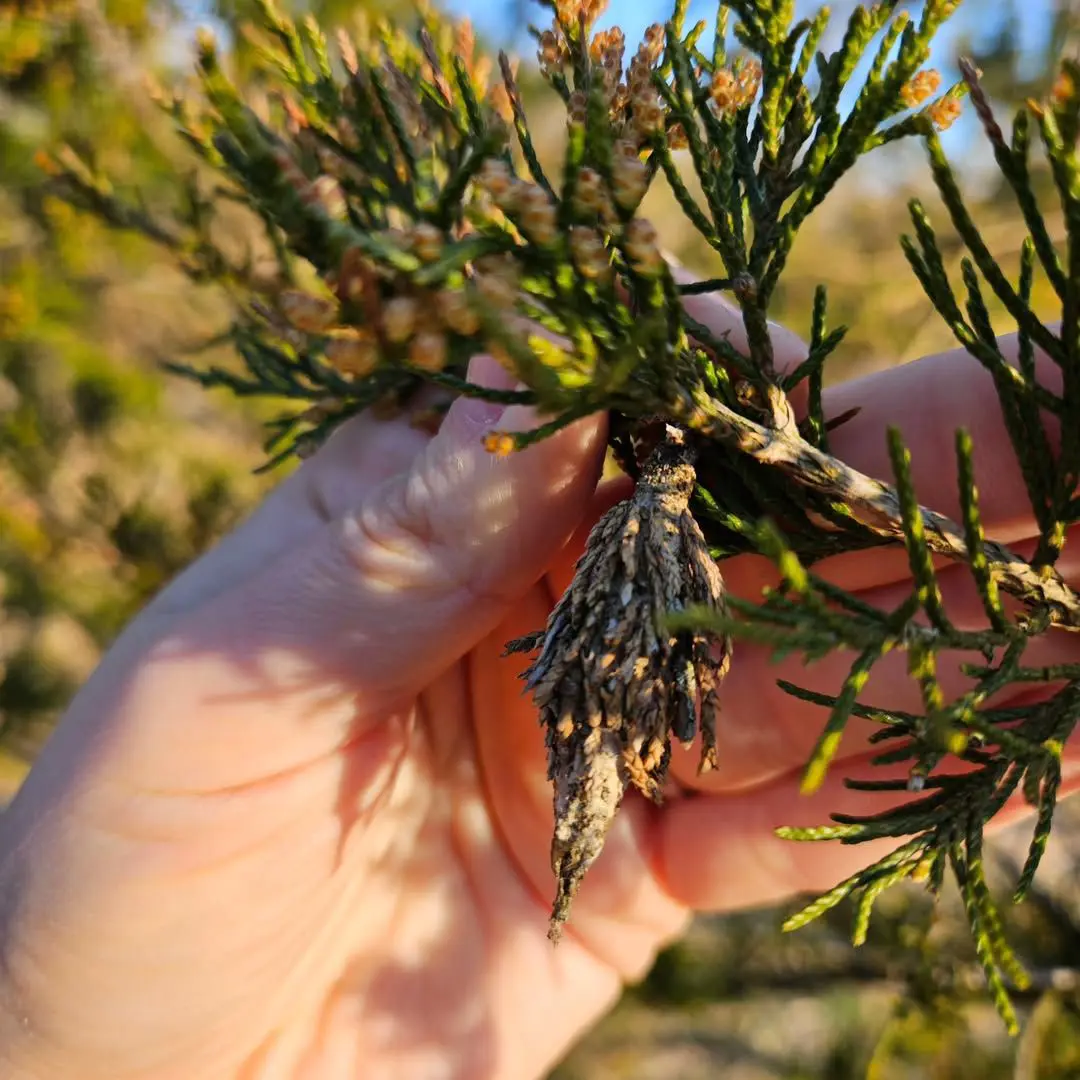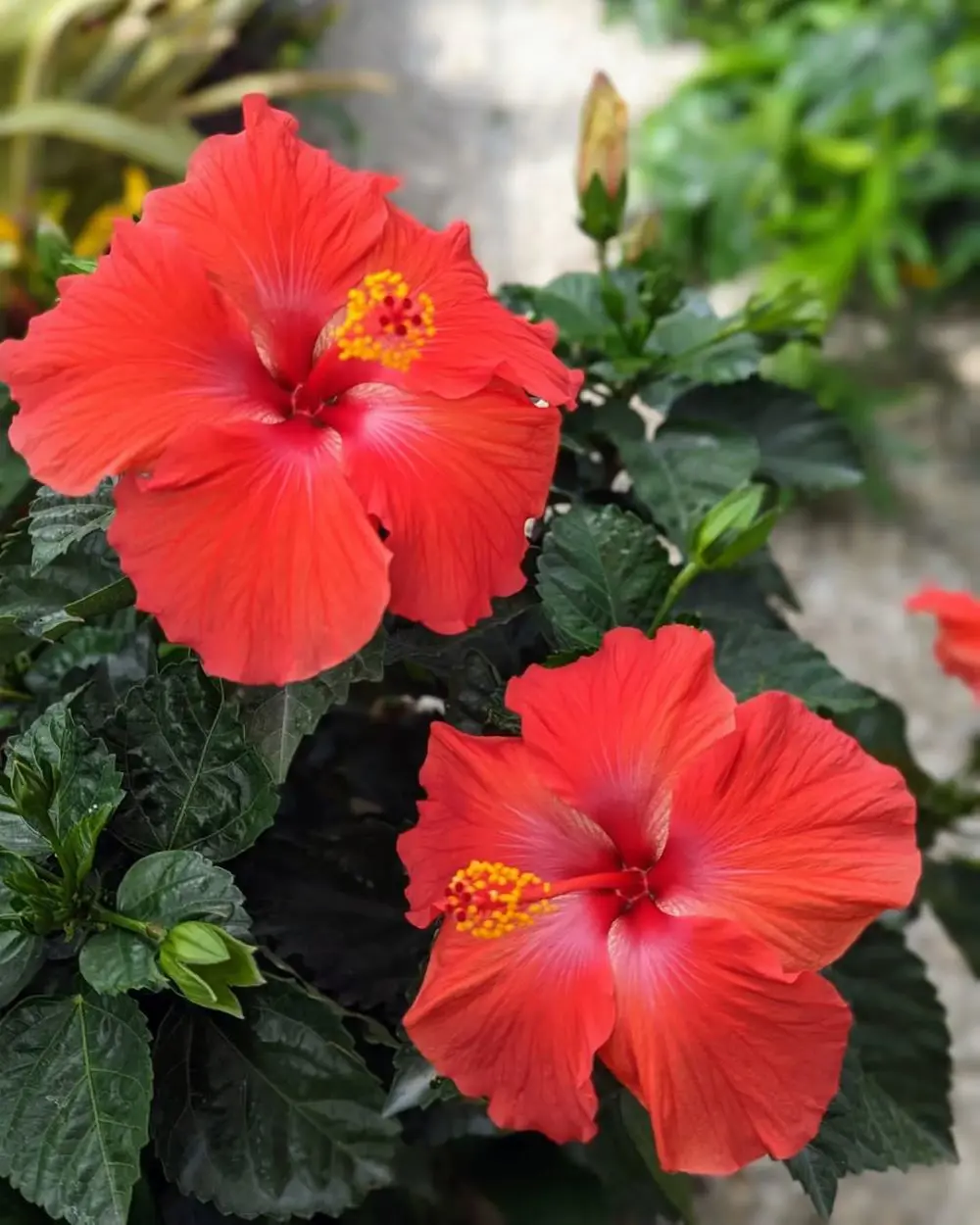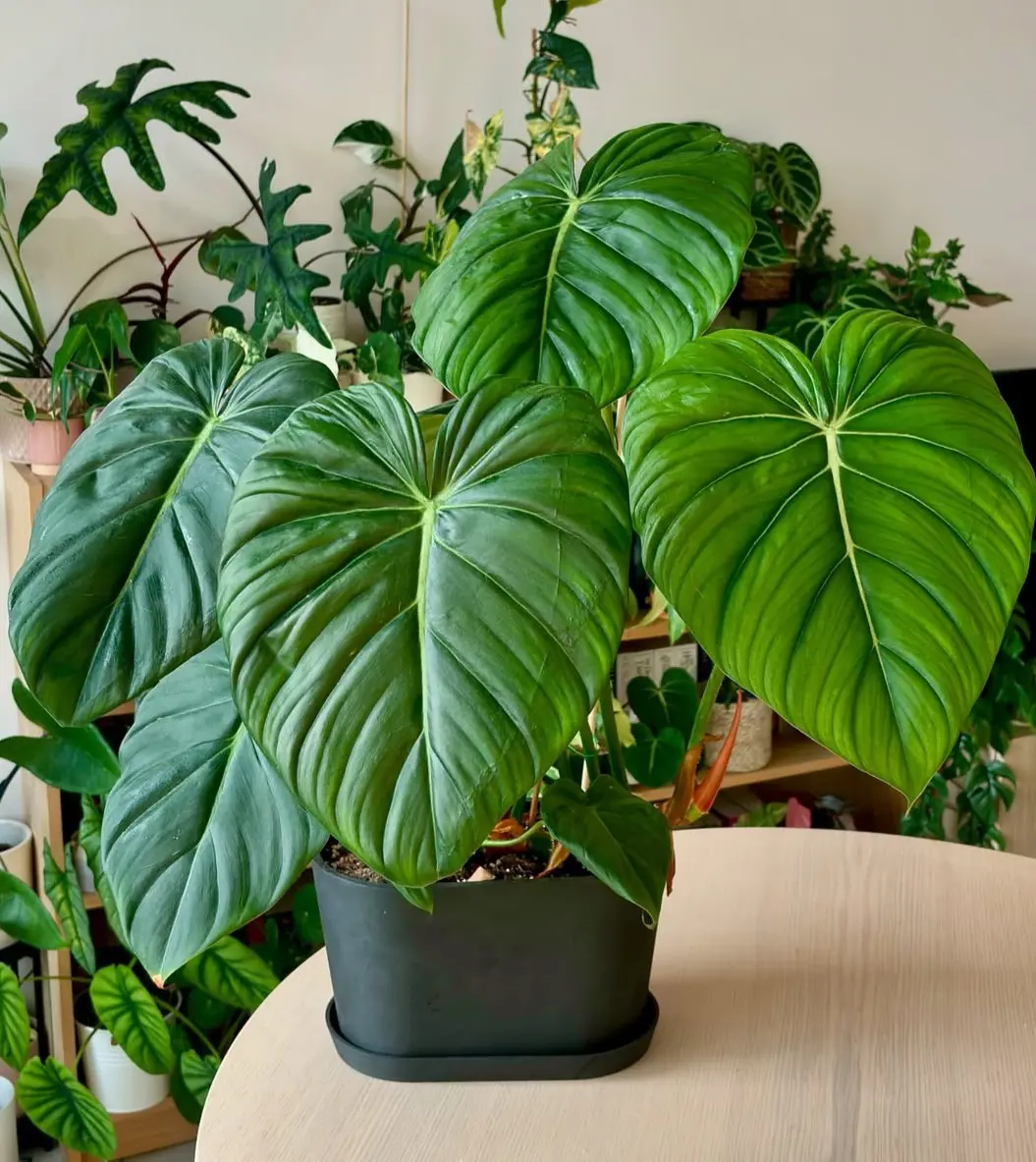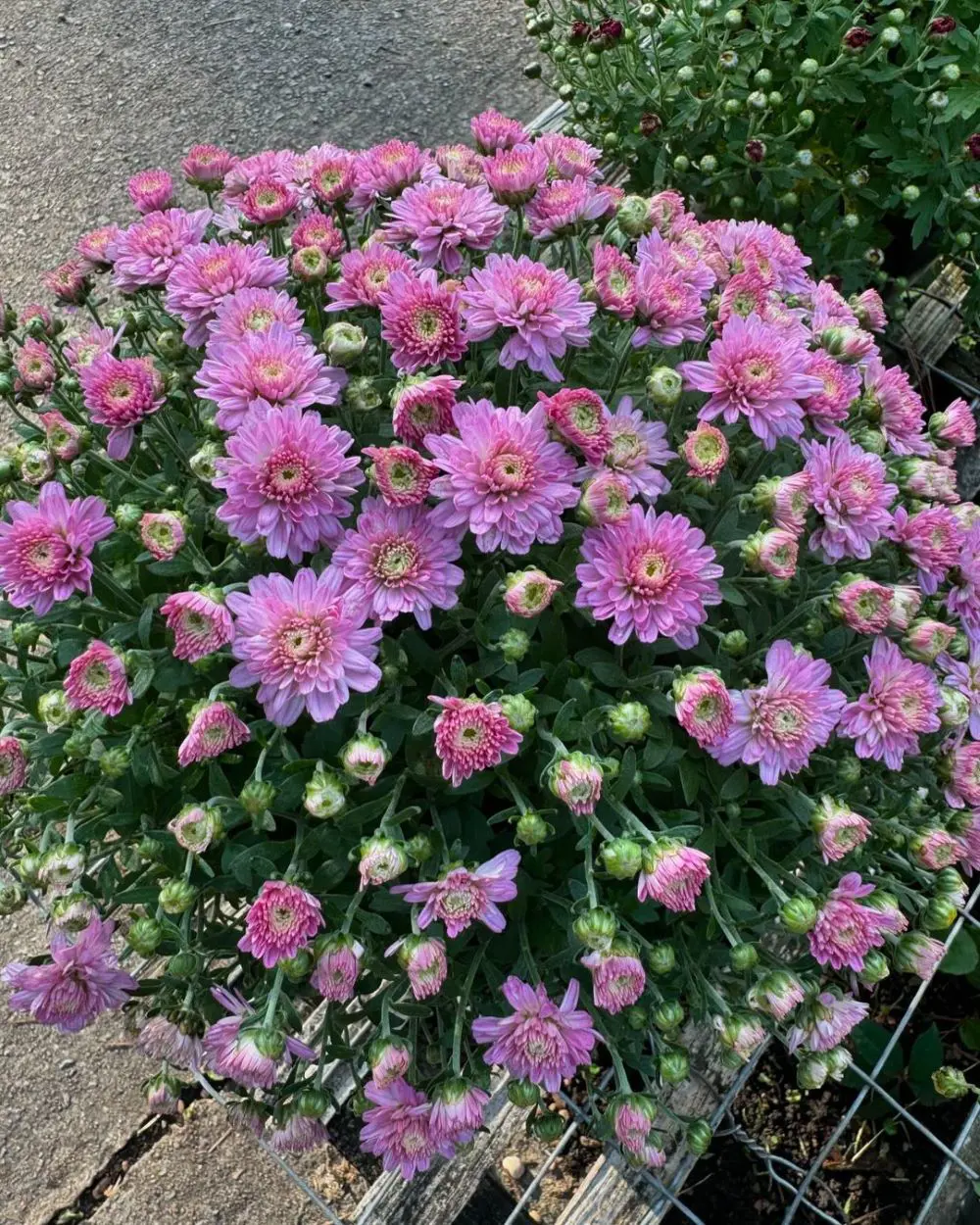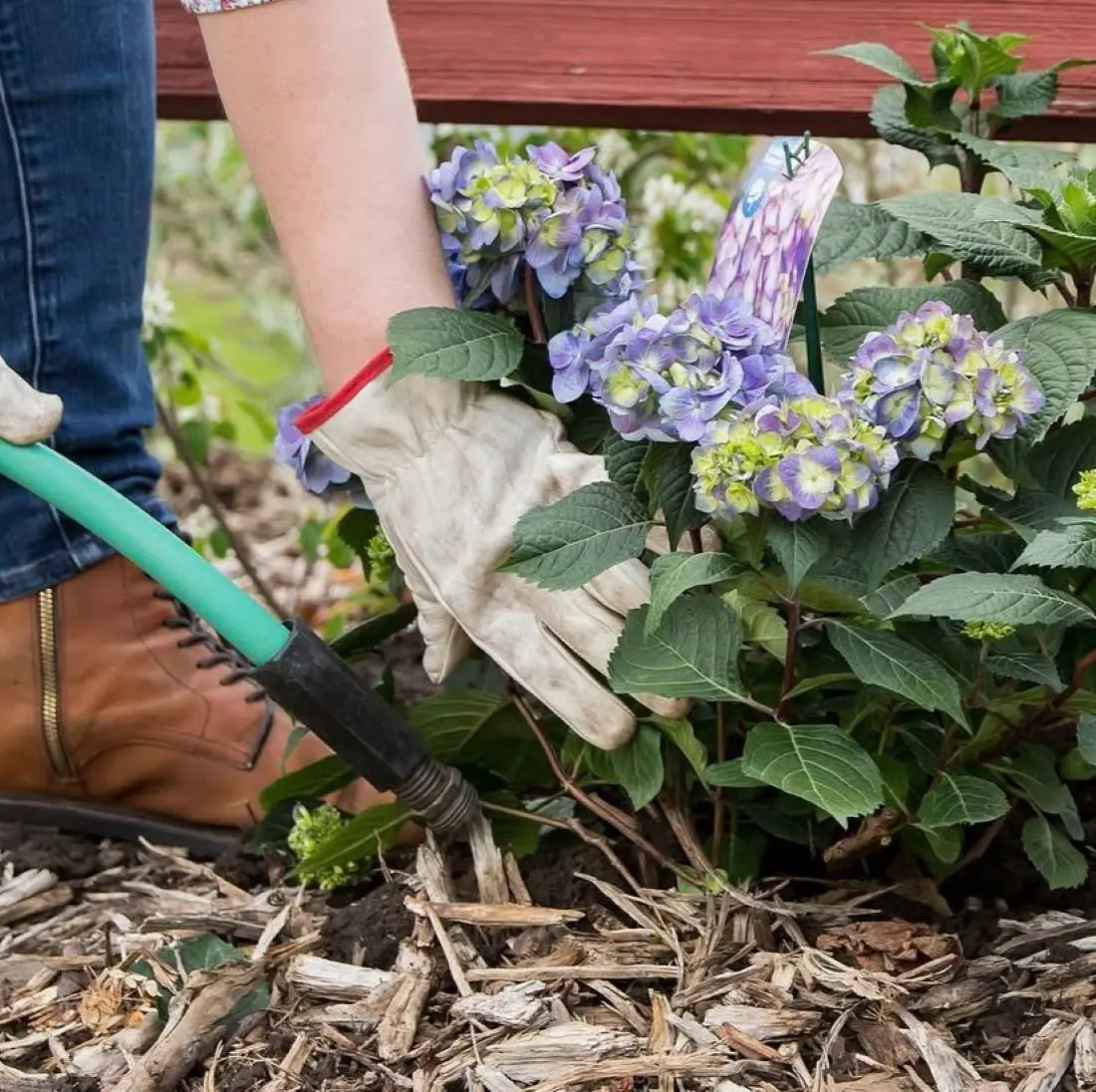How to Grow Fittonia: Step-By-Step Instructions
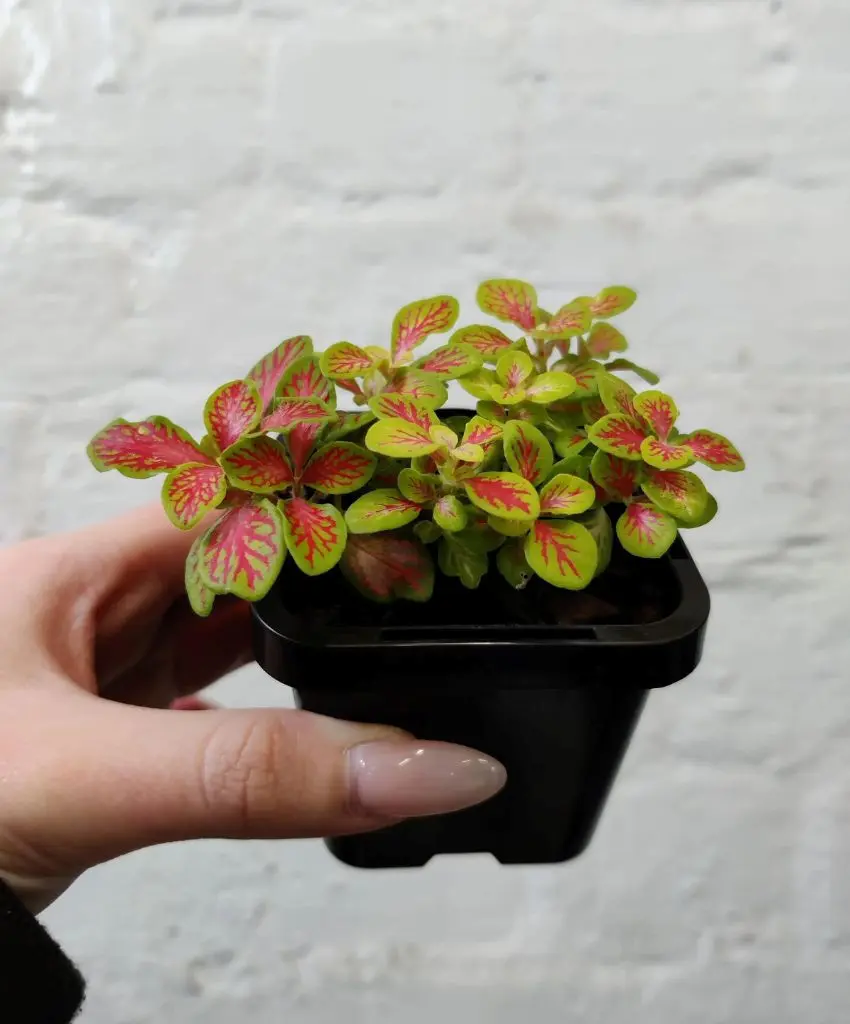
1. Choose the Right Pot
When growing Fittonia, Selecting an appropriate vessel is crucial for the health of your plant. Select a container with drainage holes to let out the excess water which may cause root rot to occur.
Also, depending on the size of the plant, the size of the pot should be appropriate for it. Using a large pot may cause the pot to hold water longer and this can greatly harm the roots of the plant. On the other hand, a pot with too little space will limit the roots and stifle the growth of the plant.
2. Prepare the Soil
Species of Fittonia plants require well-drained soils that should not be allowed to dry out or get waterlogged. Coat an appropriate type of soil for potting by mixing peat, perlite, and sand in equal proportions.
Such a blend guarantees that the soil is moist enough but well-drained at the same time. You can also use any houseplant potting mix commercially available as long as it can drain well. Planting should be done when the soil is well-mixed and slightly moist.
3. Planting
After working on your soil, it is time to plant. Start by putting the soil mixture into the pot to almost its brim; you should leave an inch or two at the top. Dig a small hole in the middle of the soil which will be slightly larger than the size of the root ball of the Fittonia.
Finally, transfer the plant carefully into the hole such that the top of the root ball is slightly above the ground level. Then cover the sides with more soil and level it gently with your hands to remove any air inside. You should avoid placing the plant too deep into the soil because this may affect the growth of the plant.
4. Watering
Another important consideration in the cultivation of Fittonia is watering. When planting, sprinkle plenty of water on the soil so that it can be moist all over. Fittonias require soil that is continuously moist so ensure you check the moisture level of the top soil.
Water when the top section of the soil feels dry. It is also important to water the plant until the soil threatens to overflow from the bottom of the pot. Do not allow the plant to remain in water because this results in root rotting of the plant. Water the plant occasionally depending on the climate and changes of the season.
5. Location
The location where your Fittonia is planted determines whether or not it will grow well. It is important to know that Fittonias prefer bright, indirect light. When exposed to direct sun the fragile leaves become scorched and turn brown and wilt.
Put the plant near a window with indirect sunlight or in an area of the room with an ample amount of light. It is, however, important not to expose it to conditions of low light because this results in the development of long bare stems and less intensity of the foliage color.

